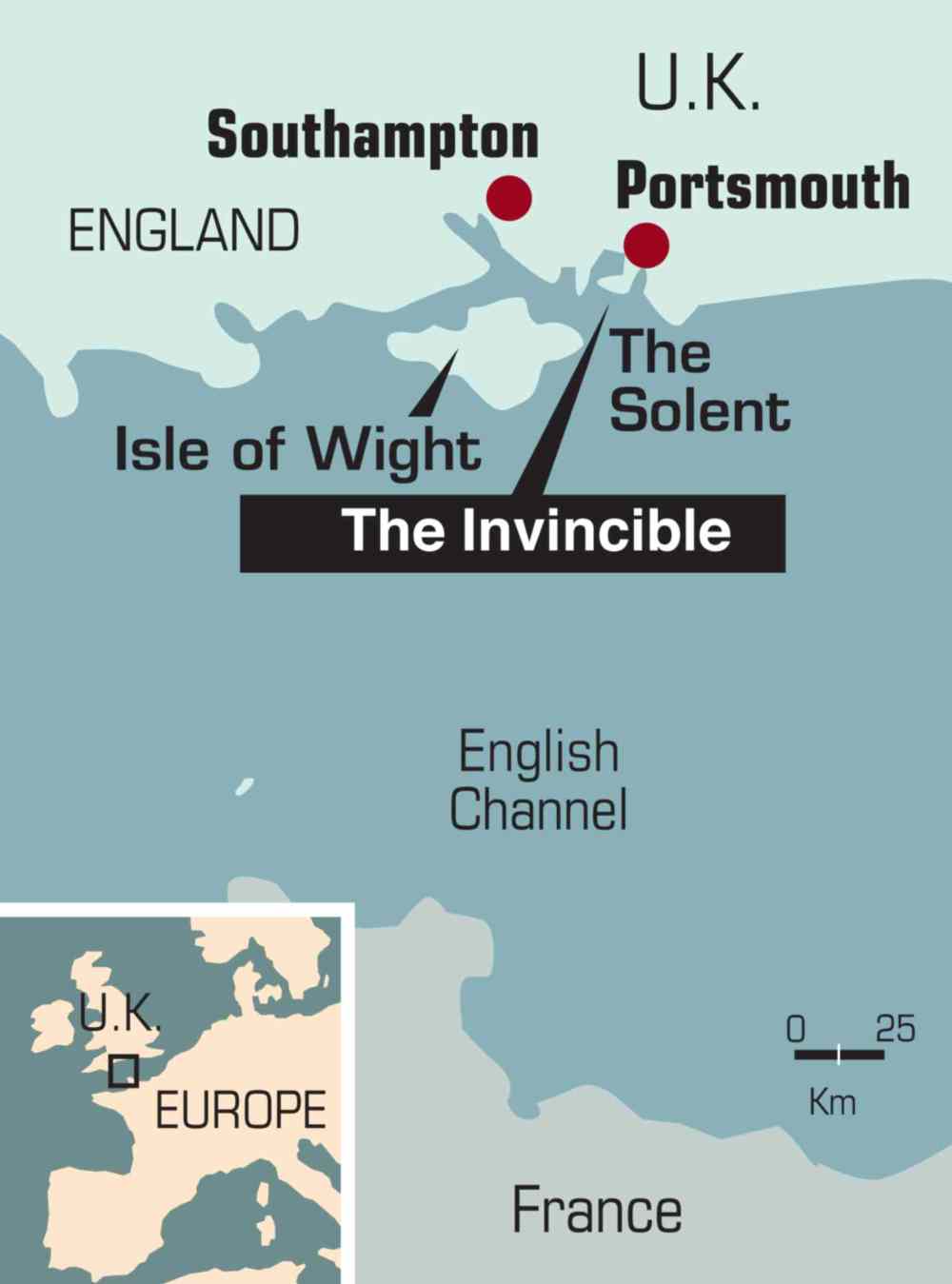An Invincible passion
A St. Norbert boy's interest in naval history charted his course for the experience of a lifetime with a 273-year-old British warship and its sunken treasure
By: David Sanderson Posted: Last Modified:Advertisement
Read this article for free:
or
Already have an account? Log in here »
To continue reading, please subscribe:
Monthly Digital Subscription
$1 per week for 24 weeks*
- Enjoy unlimited reading on winnipegfreepress.com
- Read the E-Edition, our digital replica newspaper
- Access News Break, our award-winning app
- Play interactive puzzles
*Billed as $4 plus GST every four weeks. Offer only available to new and qualified returning subscribers. Cancel any time.
Read unlimited articles for free today:
or
Already have an account? Log in here »
Hey there, time traveller!
This article was published 02/06/2017 (2800 days ago), so information in it may no longer be current.
Brent Piniuta readily admits he’ll never be mistaken for a salty dog, a tag given to those who spend an inordinate amount of time sailing the seven seas.
Sure, he was fascinated by tales about pirates and naval battles when he was a kid growing up in St. Norbert.
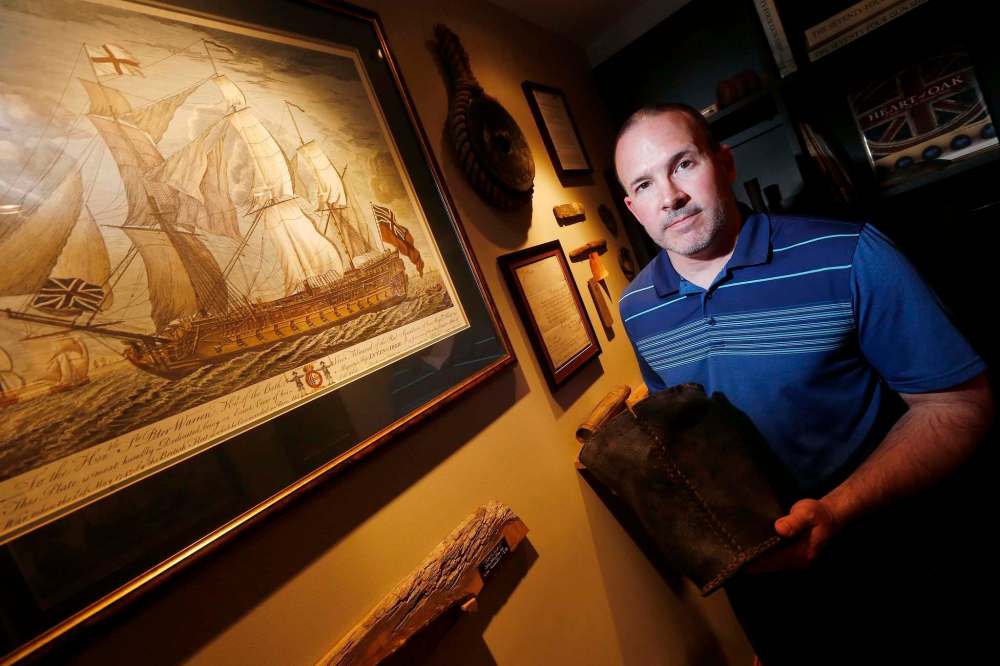
And yes, he enjoyed gluing model boats together in his bedroom, then setting them afloat in the retention ponds that dot the south Winnipeg neighbourhood where his family lived.
But when it came to rollicking in the waves at one of Manitoba’s or northwestern Ontario’s myriad lakes and beaches, Piniuta could never bear the thought of, as he puts it, “stepping into water in which living things might lurk.”
“Even as recently as five years ago, when my wife and I would go camping with our two girls at Rushing River, everybody would be telling me to join them (in the water), and I’d be like, ‘I’m OK, right here on the sidelines,’” Piniuta says, seated in the dining room of his Fort Richmond bi-level.
Given that bit of information, how on earth, then, did the 45-year-old project manager wind up on an open fishing boat in May 2016, preparing to descend to the bottom of the Solent, a 32-kilometre-long strait that separates the Isle of Wight from the mainland of England?
It’s a safe bet the answer to that question is one of the best ocean yarns you’re going to read all day.
● ● ●
In May 1979, on an evening when a seven-year-old Brent Piniuta would probably have been tucked in bed with a page-turner about Blackbeard, Captain Kidd or some other legendary, waterlogged looter, Arthur Mack, a life-long fisherman who calls Portsmouth, England home, was trawling in the Solent five or so kilometres from shore when his net got snared by something resting on the shallow seabed, 10 metres below his boat.
After a bit of a struggle, Mack was able to free his line. When he raised the mesh to the surface to survey the damage, he spotted a large, weathered piece of oak timber entwined in the netting.
While most fishermen would have simply tossed the board back into the depths and gone on with their catch, Mack decided to hang onto it because, as he told his friend John Broomhead a few days later when he showed him the section of lumber, he “had a feeling about this one.”
Mack had always been fascinated by “old wooden ships,” Broomhead says when reached at his home on Hayling Island. Mack told Broomhead he was fairly certain what he’d turned up was a treenail, a type of peg or dowel that was commonly used by shipbuilders in the 1700s to fasten large pieces of wood together.
So with visions of sunken treasure dancing in his head, Mack asked Broomhead, an amateur sport diver, if he would mind “having a look” for him.
Between June 1979 and April 1980, Broomhead visited the site of Mack’s discovery close to 20 times. Because of the object’s size — about 60 metres in length — he was able to confirm it was a ship that had largely broken up and was now resting on its side, almost entirely entombed in sand.
Also, because many of the artifacts he was uncovering were marked with a broad arrow — a symbol used to denote an item as “King’s property” — he was convinced the vessel must have served in Britain’s Royal Navy, presumably under King George II. As for its identity, neither he nor Mack could fathom a guess.
To help solve the mystery, the two men, along with a marine archaeologist named John Bingeman, began spending a fair bit of time at their local library, trying to determine what types of crafts would have traversed the Solent and whether any were unaccounted for or still reported as missing.
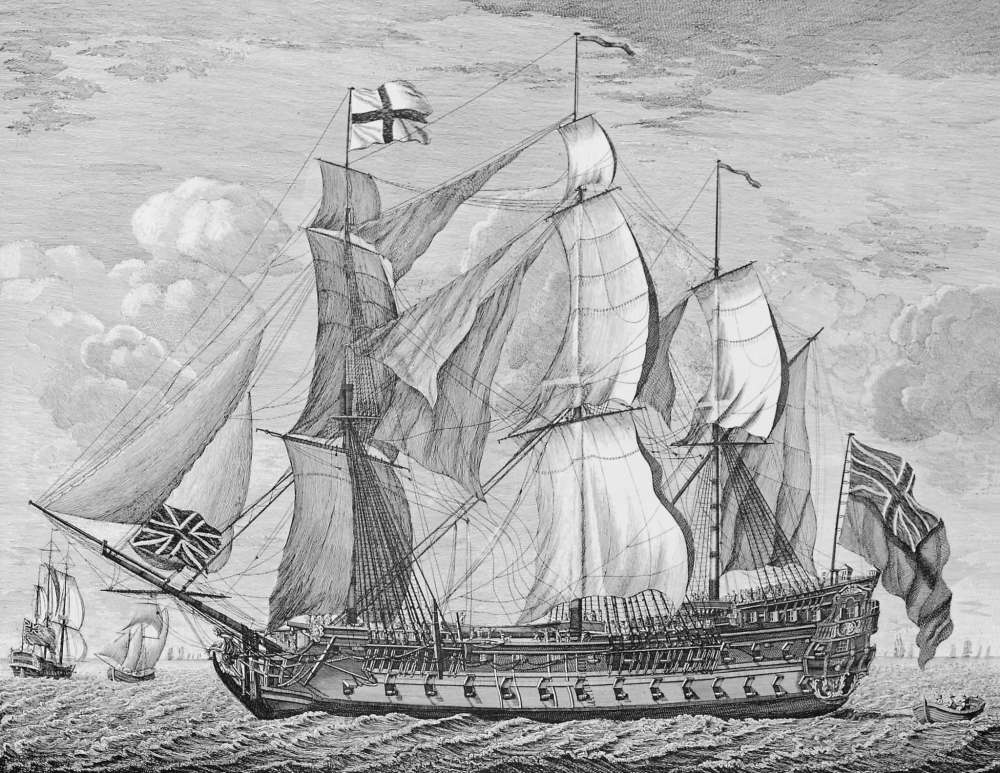
For a brief spell, they believed they’d found the remains of HMS Impregnable, a 98-gun, Royal Navy vessel that was launched in 1786 and had wrecked 13 years later. But after conducting more research, they came across a document penned by that ship’s captain that indicated the Impregnable had gone down closer to Langstone Harbour, a fair distance away from where “their” ship’s final resting place is.
The trio’s big break occurred on May 30, 1981, when a team of divers involved in the underwater expedition chanced upon what Broomhead refers to as an “old tarred sailcloth.” Affixed to the material was a 20-centimetre-long tally stick, a thin, finished piece of wood that was usually pinned to accessory articles stored in a ship’s hold, with a brief description written on it as to what the item-in-question was, exactly.
After bringing the tally stick ashore, it was cleaned up enough that the words “Invincible – Flying Jib 26 x 26 No 6” were clearly visible.
That settled it, Broomhead, Mack and Bingeman concurred; the ship they’d spent two years investigating was HMS Invincible, a two-deck, 74-gun “third rate” that departed England on Feb. 19, 1758 bound for present-day Nova Scotia.
The ship, which was built in France in 1744 and captured by the British three years later during the First Battle of Cape Finisterre, was slated to take part in the historic Seige of Louisbourg when it slammed into a sandbank an hour into its journey.
While everybody aboard managed to escape safely and continue onto North America in a different boat, the Invincible, once described as “the fastest ship in the English fleet,” was eventually claimed by the sea.
● ● ●

● ● ●
“I picked this up on eBay a few years ago; this is what got me interested in ships and history in the first place,” Piniuta says, holding up a dog-eared copy of A Ladybird Book About Pirates, a 50-page kids’ book he figures he flipped through dozens of times in the library at Parc La Salle School, when he was a youngster.

“I was in Grade 1 or 2 when I spotted it on the shelves, and though I can’t remember exactly, it was probably the vivid artwork that captured my attention right away. Lots of seven- and eight-year-old boys are interested in pirates and shipwrecks and whatever, and I was definitely one of them.”
At age 12, Piniuta began asking his parents to order books for him about famous naval battles that helped shape Canada, as well as other countries around the world. The year he turned 16, he travelled to England with his grandparents to visit Portsmouth Historic Dockyard, home of HMS Victory, a flagship that was famously captained by Vice-Admiral Horatio Nelson, or Lord Nelson. By the time he was in university, he had amassed a sizable collection of naval-related tomes, and had become an authority on historic clashes such as the Battle of Trafalgar.
“I took a break from the hobby in my 30s,” says Piniuta, who used to volunteer his services at the Manitoba Museum’s Nonsuch Gallery. “I’d put all my books away and at one point I was even thinking about getting rid of every last one of them.
“Then one day in 2010 I was on the Internet and stumbled upon somebody who was selling some lead musket balls that had been recovered from the wreck of a ship called the Invincible, which I’d never heard of before. I checked out the guy’s website and found out that (the Invincible) was a ship that was coming over from Britain to fight the French in Nova Scotia when it sank. I was immediately interested and wanted to learn more.”
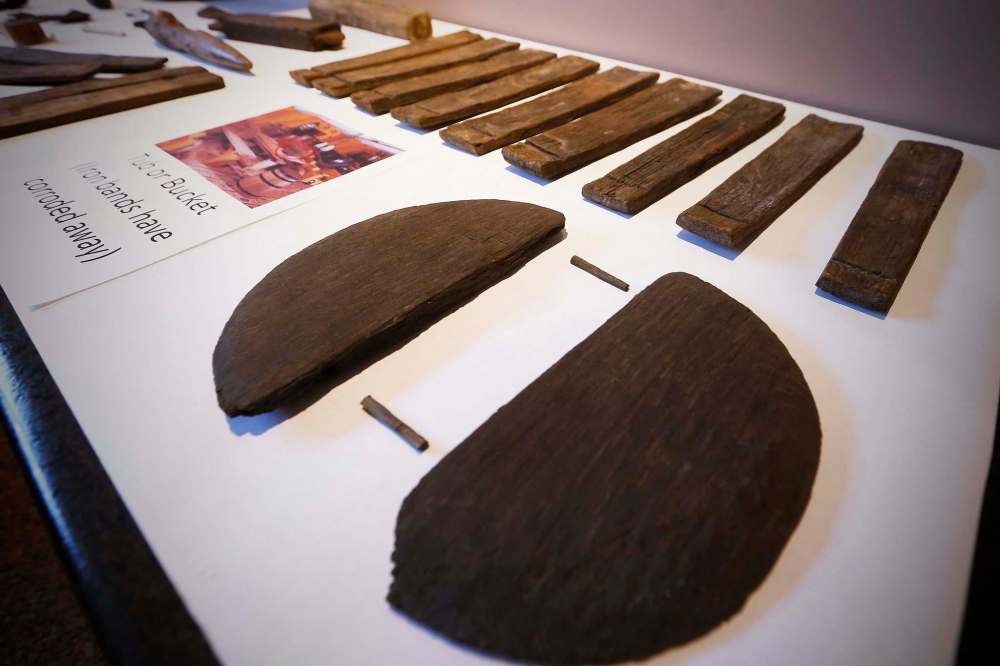
Piniuta’s curiosity led him to a second website — www.invincible1758.co.uk — which, as it turned out, is maintained by Broomhead. In addition to news about how his mate happened upon the ship in the first place, as well as a detailed account of “L’Invincible,” as it was known before it fell into the hands of the Brits, there were also dozens of photographs of bowls, buttons, gun carriages… even shoes that had been recovered through a series of sanctioned, archaeological excavations.
Piniuta found the subject matter so compelling, he began reaching out to Broomhead via phone, email and Skype. Soon, Broomhead was sending Piniuta items he’d collected from the Invincible — things such as ropes, pulley pins and sections of barrels.
(Piniuta laughs when he mentions at one point in time, anybody found to be in possession of something denoted as “King’s property” would have been tried and executed. “Fortunately what happened is the (British) government granted a licence to remove artifacts (from the Invincible), so anybody having the property now doesn’t have to worry about being arrested,” he says.)
In 2012, Piniuta and his wife Melanie paid a visit to Broomhead at his home on Hayling Island. While they were standing on the shore, looking out towards where the remains of the Invincible lay, Broomhead joked that if Piniuta had packed some diving gear, they could have gone and had an up-close look at the relic themselves.
Piniuta reiterated to his friend he was averse to all-things-aquatic, and that while Broomhead’s offer was indeed tempting, he was a confirmed landlubber. But in 2014, by which time he’d joined England’s National Archeology Society, Piniuta decided to cast his inhibitions aside, and, if Broomhead was still willing, take him up on his “offer,” after all.

“After I’d officially made up my mind, one night over dinner I told Melanie first I was going to learn how to scuba-dive, and second I was going back to Hayling Island to see the Invincible. I think her response was something along the lines of, ‘You’re going to do what?’”
Piniuta completed four weeks of diving lessons at the Cindy Klassen Recreation Complex pool on Sargent Avenue in July 2014. After acing a written theory test, he and 12 other students drove to West Hawk Lake in September 2014 to take their practical exam.
“It was nerve-racking, to say the least,” he says. “West Hawk (Lake) is cold, it’s dark, it’s murky… the exact opposite of the conditions of a swimming pool. It felt like that movie The Abyss, but after I’d done it, and nothing tragic had happened, our instructor told us if we could dive there, we could dive anywhere in the world.”
By the time Piniuta arrived on Broomhead’s doorstep for the second time in May 2016, he had 18 dives under his belt. (Because the wreck’s location had been placed on a federal list of most at-risk heritage sites in 2013, Piniuta, Broomhead and Bingeman, who, at the age of 82, also agreed to participate in the dive, needed written permission to visit the wreck.)

“The weather was terrible on the days leading up to it, but when we got out of bed the morning of the dive, it was absolutely beautiful outside. The water was clear and calm and we couldn’t have asked for better conditions,” Piniuta says, flipping through a journal of photographs he compiled, documenting the momentous event.
“That said, I was so excited thinking, ‘Wow, I’m really here and I’m really going to do this,’ that the night before (the dive) I got maybe an hour’s sleep, tops.”
Piniuta credits his long-standing interest in ships and the countless hours he’d spent poring through reference material for the feelings of familiarity he experienced once he reached the remains of the Invincible via a reel-line that Dan Pascoe, the current licensee of the wreck, had installed beforehand.
“Because I know how ships are built, while I was down there I could piece together in my mind what I was looking at; how a certain piece of wood was part of the deck and how another piece made up the keel. I was probably in the water for 35 minutes altogether and later that afternoon, after we’d returned our (dive) gear, we stopped by Arthur’s house to reminisce about the day and what we’d seen.
“I was absolutely in my glory. To be with these fellows who are so well-versed in the topic and to have seen things with my own eyes that I’d only read about in books and on-line… truly, there’s nothing better. My being there completed the entire picture.”
● ● ●

● ● ●
“This is my man-cave, which I guess is more of a man-closet,” Piniuta says, touring a visitor through a 60-square-foot room in his basement where most of his treasures are housed.
“In my opinion, collections are no good if they’re sitting, stacked away somewhere. People have to interface with them to enjoy them and appreciate them. In that way, I’m really no different than somebody who collects records or stamps or whatever else. Ships just happen to be what I gravitate towards.”
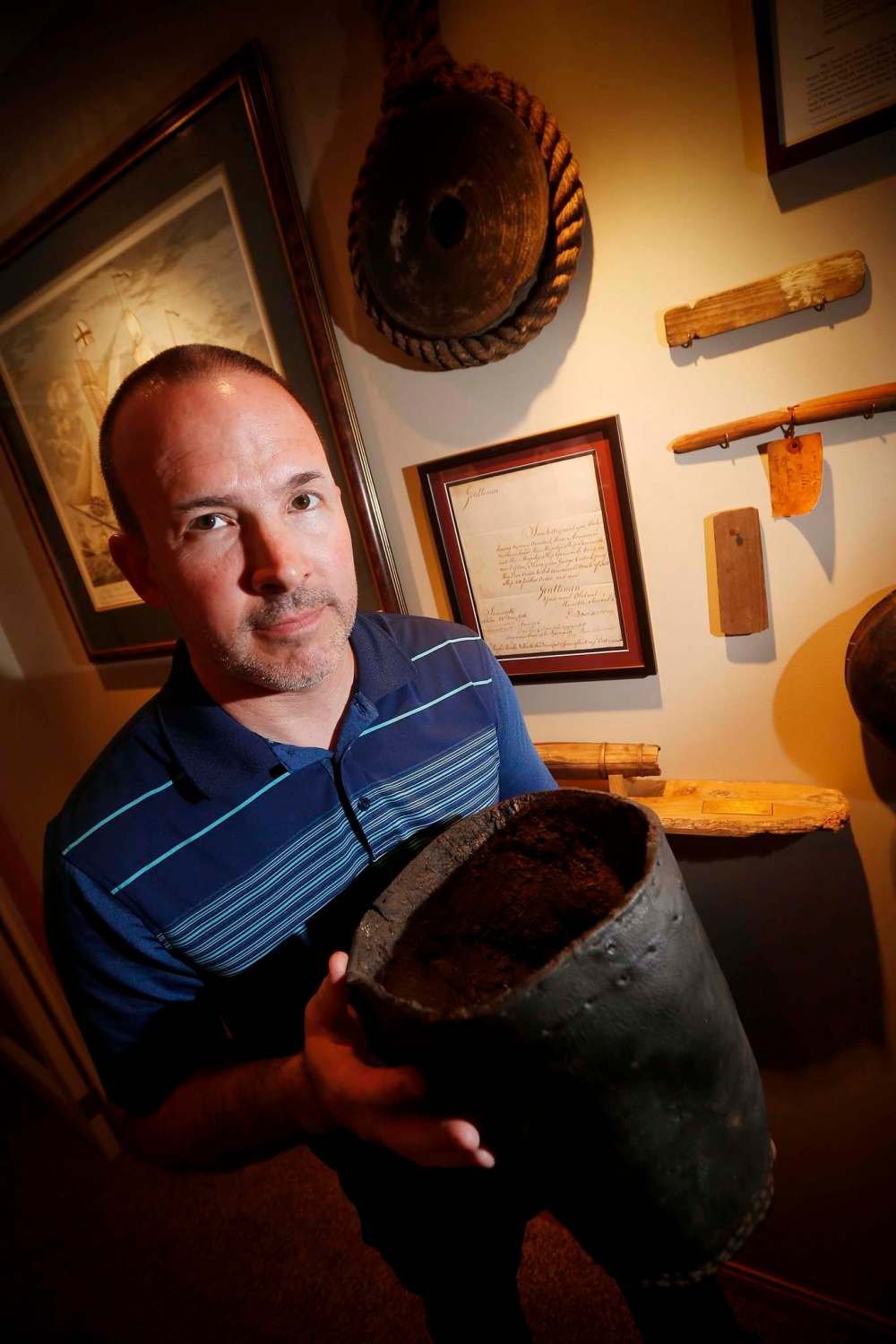
In an effort to give as many people as possible the opportunity to learn about the Invincible, Piniuta got in touch with Richard Sanderson, the director of the Naval Museum of Halifax, and floated the idea of lending his collection to the museum for public consumption.
“The museum accepted my offer and I will soon be packing items in a military tote and shipping them to Halifax, which I take as an incredible honour,” he says. “Of equal significance and importance, this artifact loan enables me to promote the start of a new archaeological excavation of the Invincible wreck that began on May 22 and is set to last until 2021.
“The Invincible story has direct association with the history of Canada, so I’m thrilled to help give the latest project international recognition on this side of the Atlantic.”
Broomhead, the person responsible for the bulk of Piniuta’s cache, couldn’t agree more with his Canadian counterpart’s decision to display items connected to the Invincible in Halifax, a stone’s throw away from where it would have anchored, had it completed its voyage 255 years ago.“In my opinion, collections are no good if they’re sitting, stacked away somewhere. People have to interface with them to enjoy and appreciate them.”
“My wife and children have had so much of the Invincible over the years that none are really interested in my collection.
“I’m getting on a bit and at 68 years old, I want my treasures to go somewhere where they will be appreciated and admired by current and future generations,” Broomhead says. “There is nowhere I would rather they be than with Brent and in Canada. Who knows? Perhaps one day funding might be available for me to visit the exhibition myself.”
Piniuta understands his lot will be displayed in the Royal Navy section of the museum, which is housed on the second floor of Admiralty House. He says the timing is perfect, since his collection fits in with the museum’s current mandate to highlight the history of England’s Royal Navy.
Piniuta doesn’t believe he’ll have time this summer to visit the Maritime province and interact with people viewing his prize possessions. And while he and his family fully intend to make the trip at some point, there is something else the father of two hopes occurs, even more.
“My wish is that other people look at these pieces with the same intrigue and wonder that I still do,” he says, gently handling a bone knife handle he guesses would have belonged to an officer, because “your average crew member probably would have eaten with his hands.”
“Plus, you never know. Maybe some other seven- or eight-year-old boy or girl out there will see this stuff and go, ‘Wow, is that ever cool,’ and it will help shape what their interests are, the same way that book about pirates shaped me, when I was a kid.”
david.sanderson@freepress.mb.ca
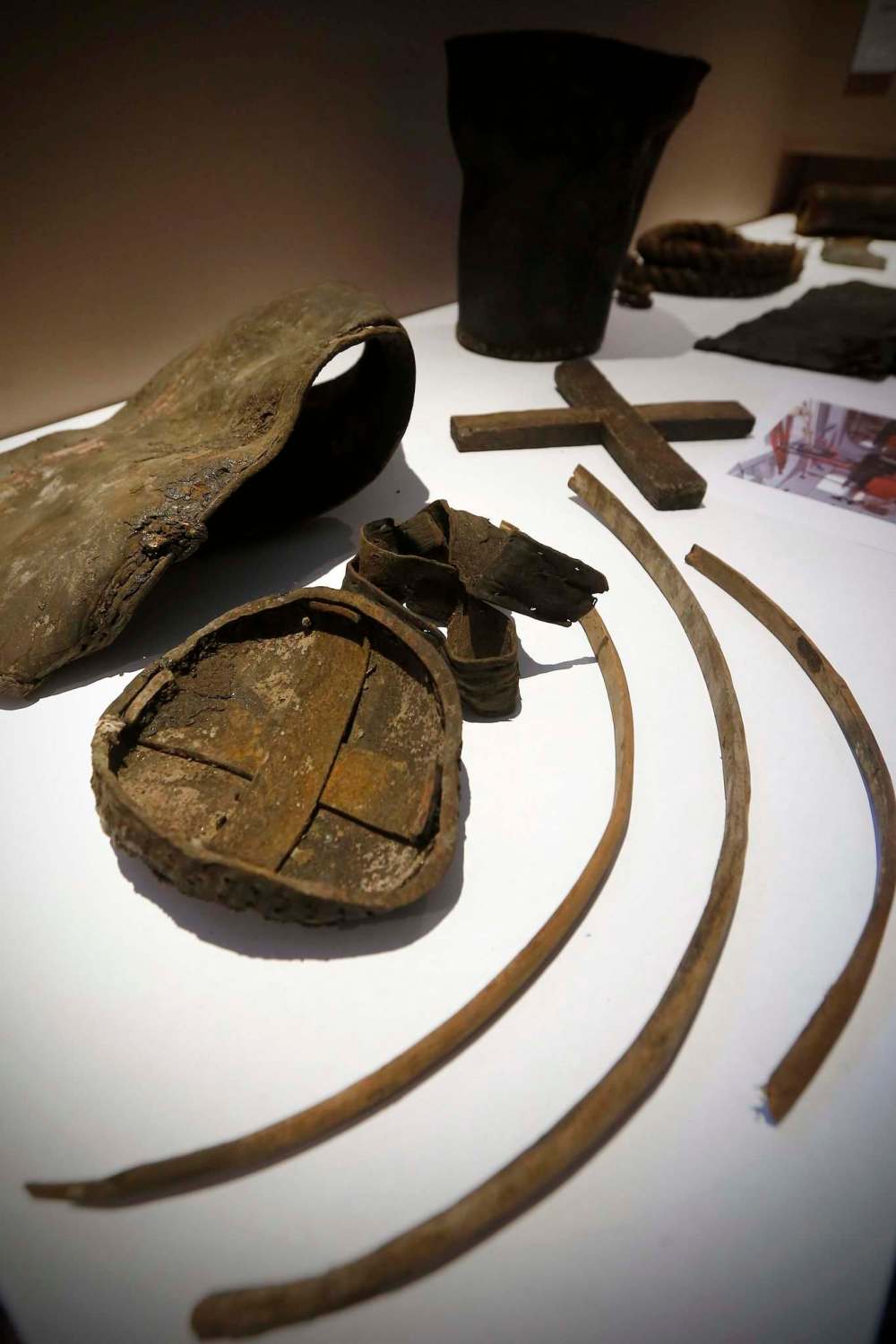
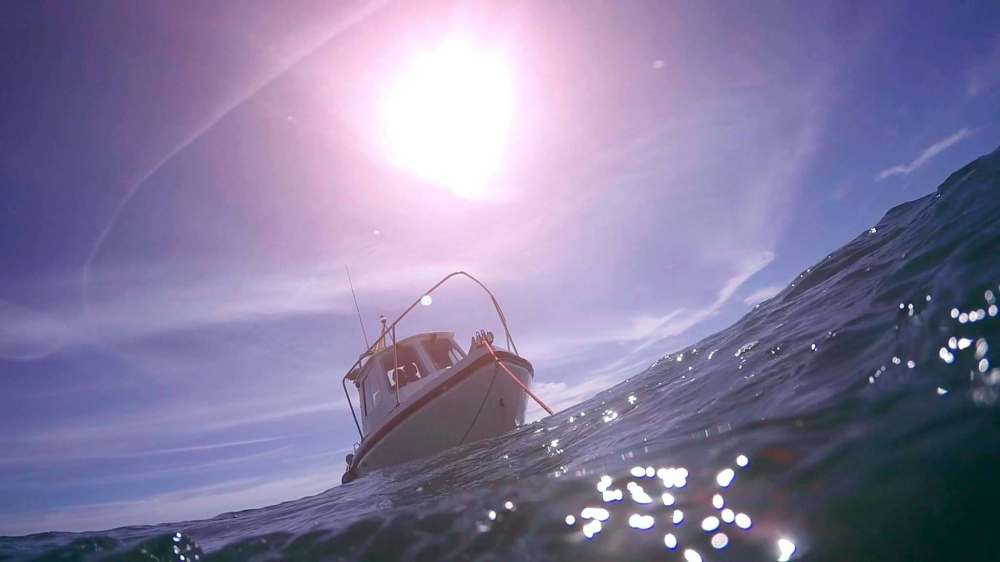
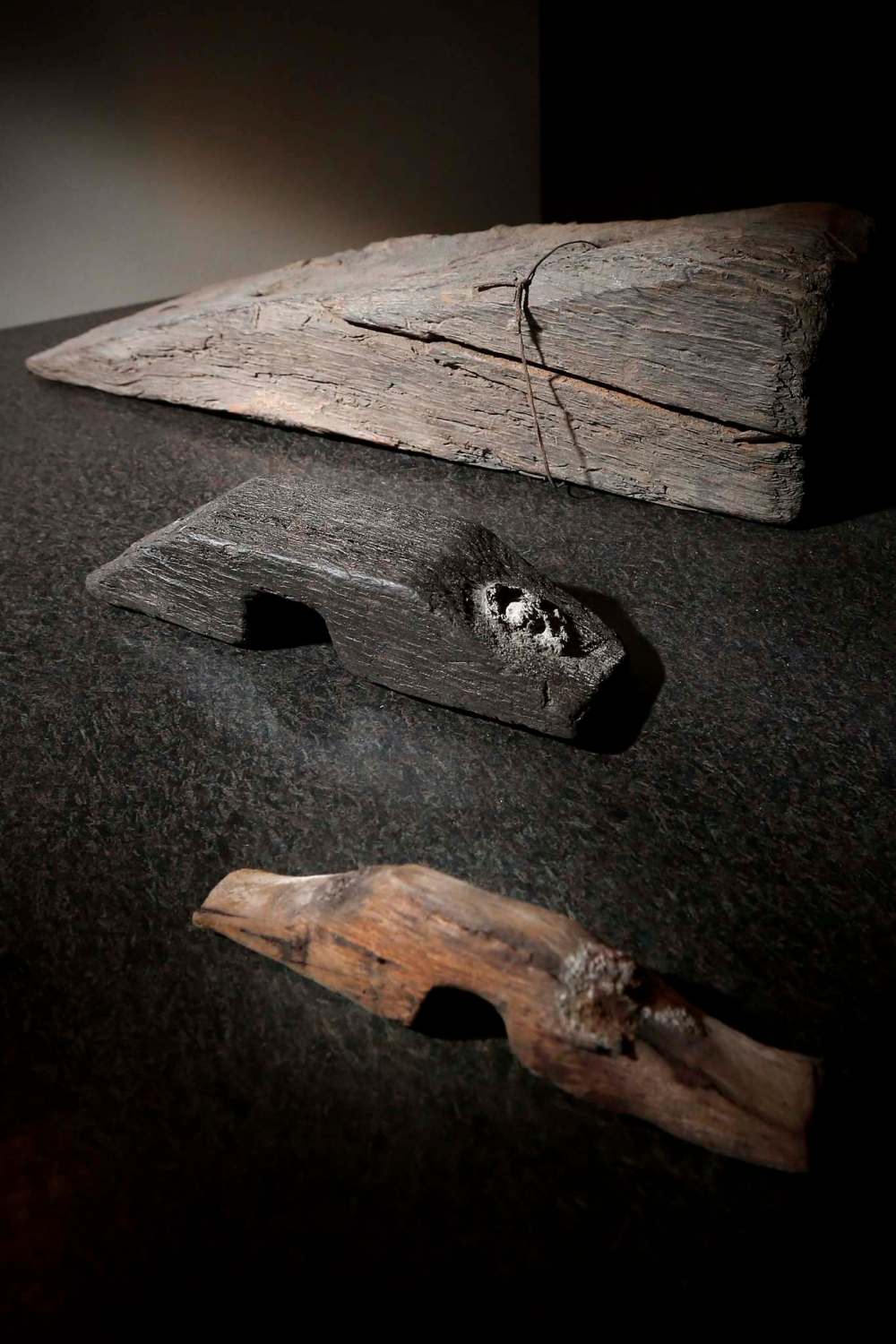




David Sanderson
Dave Sanderson was born in Regina but please, don’t hold that against him.
Our newsroom depends on a growing audience of readers to power our journalism. If you are not a paid reader, please consider becoming a subscriber.
Our newsroom depends on its audience of readers to power our journalism. Thank you for your support.


